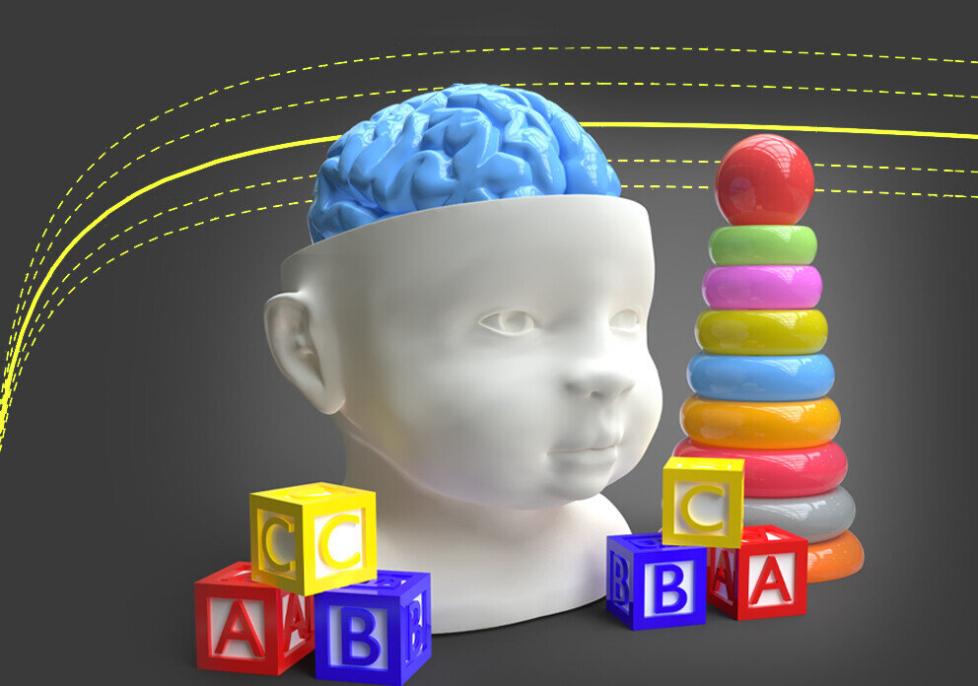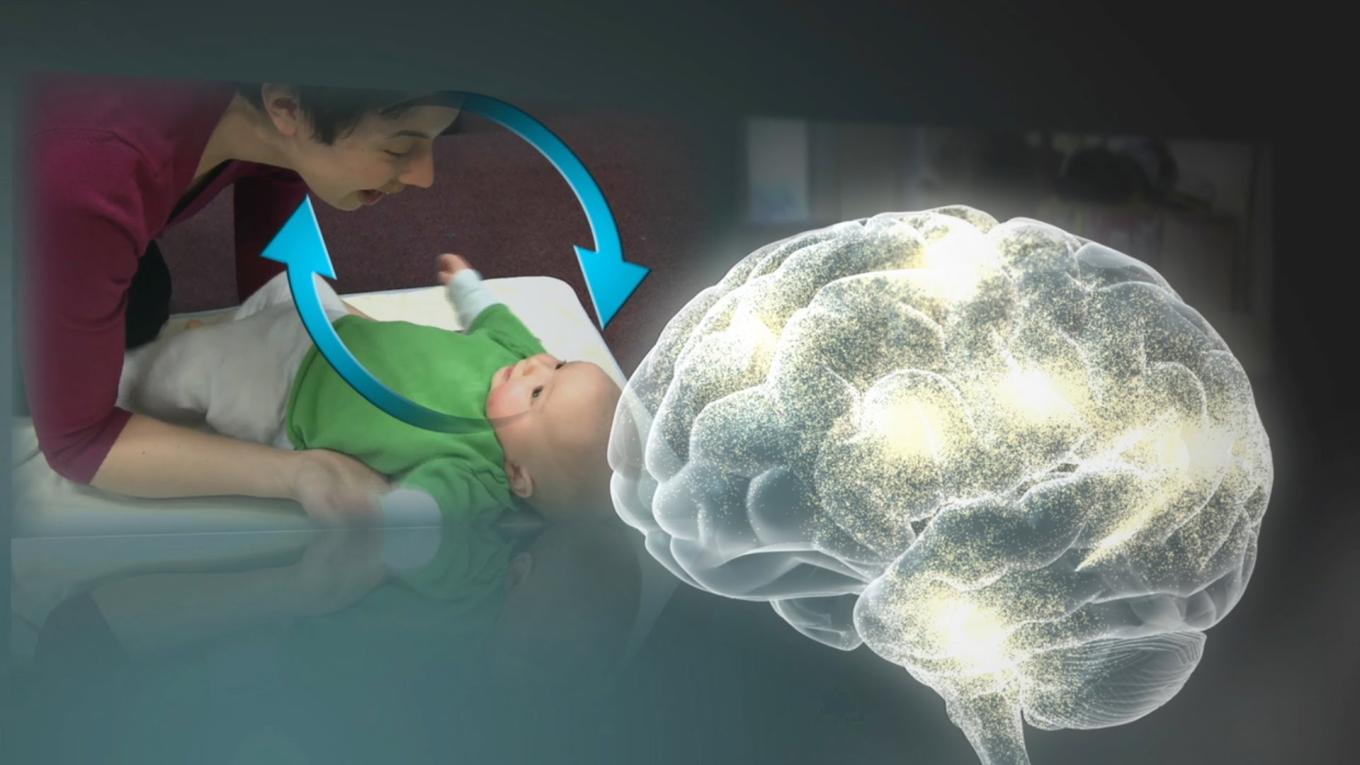What Are the Neural Mechanisms of Learning and Memory?
Learning and memory are fundamental cognitive processes that allow us to acquire, store, and retrieve information. These processes are essential for our ability to function in the world, from remembering our names and addresses to learning new skills and knowledge. The neural mechanisms of learning and memory are complex and involve intricate interactions between different brain regions and processes. Understanding these mechanisms is crucial for gaining insights into brain disorders that affect learning and memory, such as Alzheimer's disease and dementia.

Brain Structures Involved In Learning And Memory
-
Hippocampus:
The hippocampus is a brain structure located in the medial temporal lobe. It plays a key role in memory formation and consolidation, particularly for episodic memories (memories of personal experiences). The hippocampus is also involved in spatial navigation, helping us to remember the layout of our surroundings.
-
Amygdala:
The amygdala is a small almond-shaped structure located deep within the brain. It is involved in emotional memory and fear conditioning. The amygdala interacts with the hippocampus to form emotional memories, linking emotional experiences to specific events or stimuli.
-
Prefrontal Cortex:

The prefrontal cortex is located at the front of the brain and is involved in a wide range of cognitive functions, including working memory, attention, and decision-making. It interacts with the hippocampus to form long-term memories, helping us to integrate new information with existing knowledge and skills.
-
Cerebellum:
The cerebellum is located at the back of the brain and is primarily involved in motor learning and coordination. It uses a process called long-term depression to store motor memories, which are essential for learning new motor skills and improving coordination.
Processes Involved In Learning And Memory
-
Synaptic Plasticity:

Synaptic plasticity refers to changes in the strength of synapses, the junctions between neurons where signals are transmitted. Long-term potentiation (LTP) is a form of synaptic plasticity that strengthens synapses, while long-term depression (LTD) weakens synapses. These changes in synaptic strength are thought to underlie the formation and storage of memories.
-
Neurogenesis:
Neurogenesis is the birth of new neurons. It occurs in specific brain regions, including the hippocampus, and is important for memory formation and consolidation. New neurons are thought to help integrate new information into existing memory networks.
-
Neurotransmitters:
Neurotransmitters are chemical messengers that transmit signals between neurons. Glutamate is an excitatory neurotransmitter that is involved in learning and memory. GABA is an inhibitory neurotransmitter that helps regulate memory formation. Imbalances in neurotransmitter levels can disrupt learning and memory processes.
-
Gene Expression:
Changes in gene expression can affect learning and memory. Some genes are specifically involved in memory formation, and alterations in the expression of these genes can disrupt memory processes. Understanding the role of gene expression in learning and memory could lead to new insights into the development of treatments for memory disorders.
Stages Of Memory
-
Sensory Memory:
Sensory memory is the brief storage of sensory information. It lasts for a few seconds and allows us to perceive and process sensory stimuli. Sensory memory is divided into different modalities, such as visual, auditory, and tactile memory.
-
Short-Term Memory:
Short-term memory is the temporary storage of information. It lasts for up to 30 seconds and allows us to hold information in mind while we are working with it. Short-term memory is limited in capacity and can be easily disrupted by distractions or interruptions.
-
Long-Term Memory:
Long-term memory is the permanent storage of information. It can last for a lifetime and allows us to store vast amounts of knowledge and experiences. Long-term memory is divided into two main types: declarative memory (explicit memory) and non-declarative memory (implicit memory). Declarative memory includes memories of facts, events, and experiences that can be consciously recalled. Non-declarative memory includes memories of skills, habits, and procedures that are not consciously recalled but are expressed through behavior.
The neural mechanisms of learning and memory are complex and involve intricate interactions between different brain regions and processes. Understanding these mechanisms is crucial for gaining insights into brain disorders that affect learning and memory, such as Alzheimer's disease and dementia. Research in this area is ongoing, and new discoveries are constantly being made. By unraveling the mysteries of learning and memory, we can develop new strategies for treating memory disorders and improving cognitive function.
YesNo

Leave a Reply